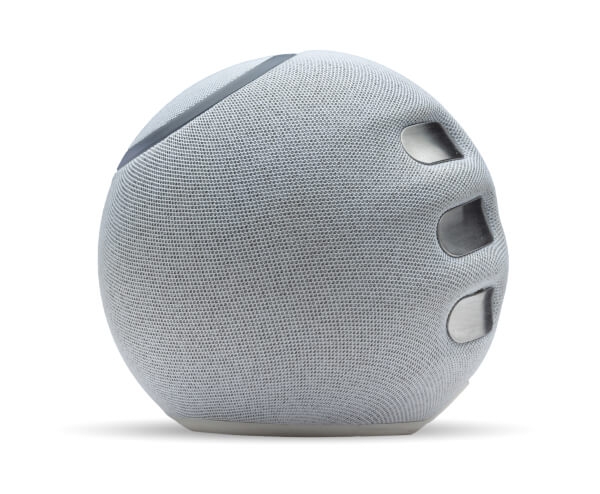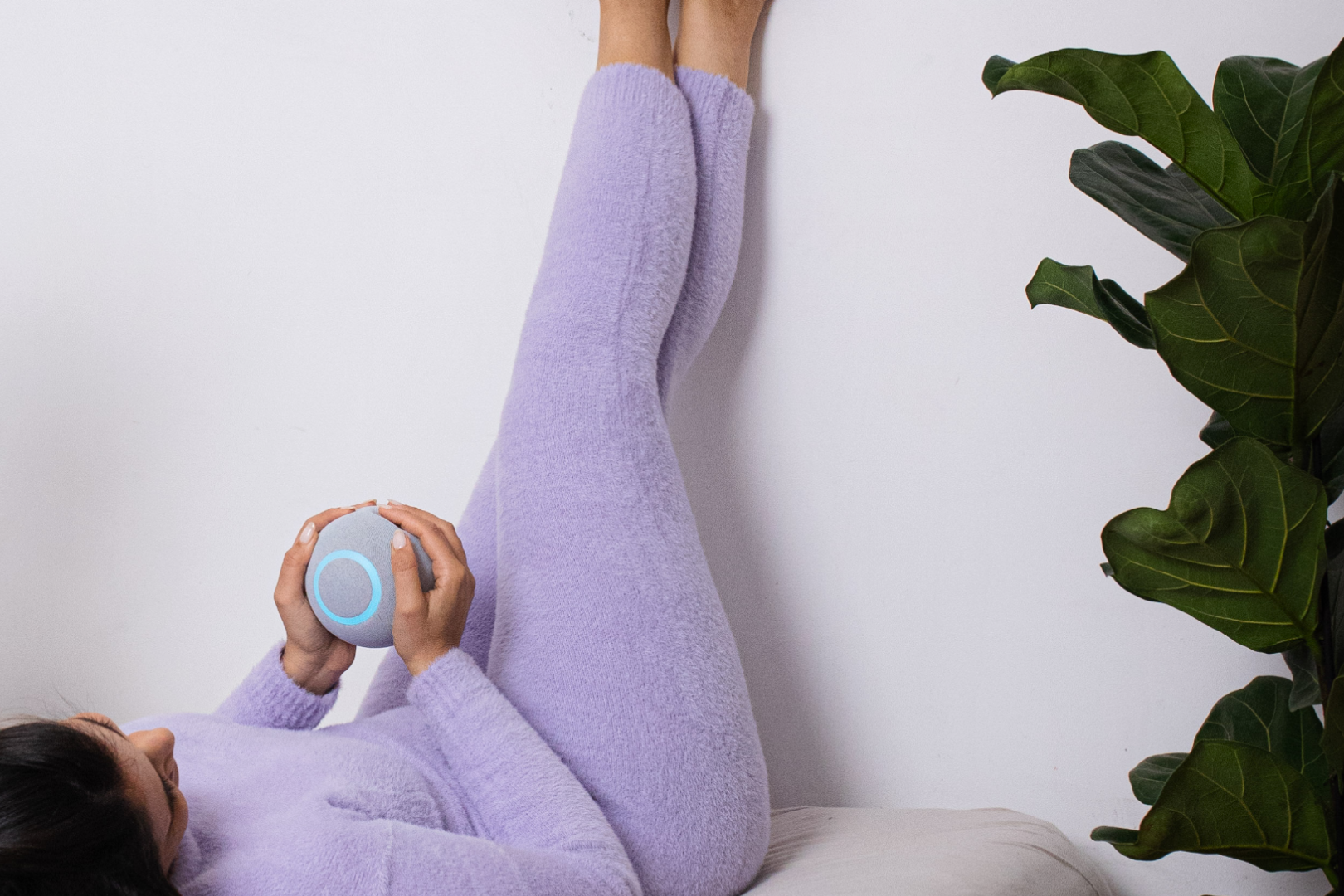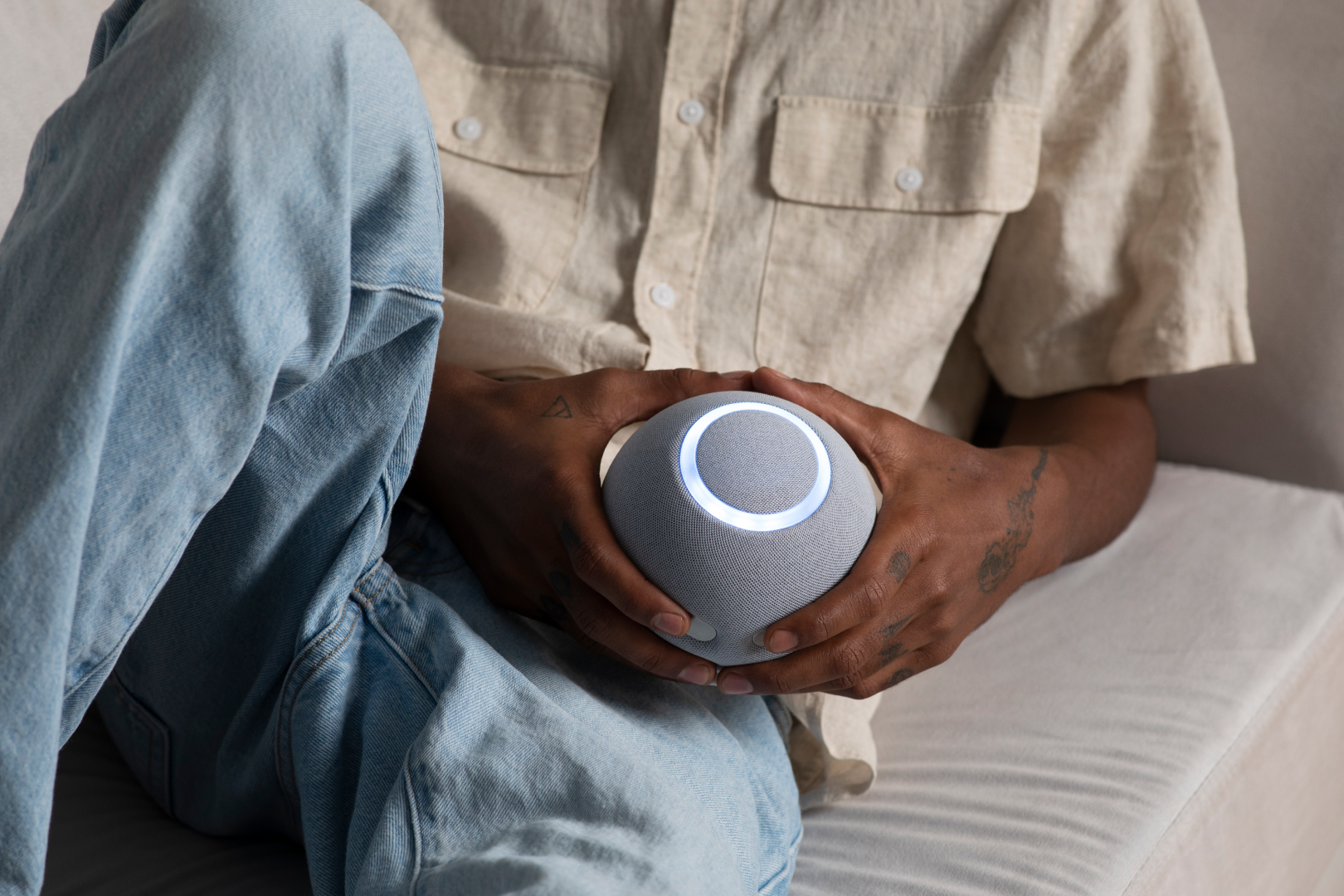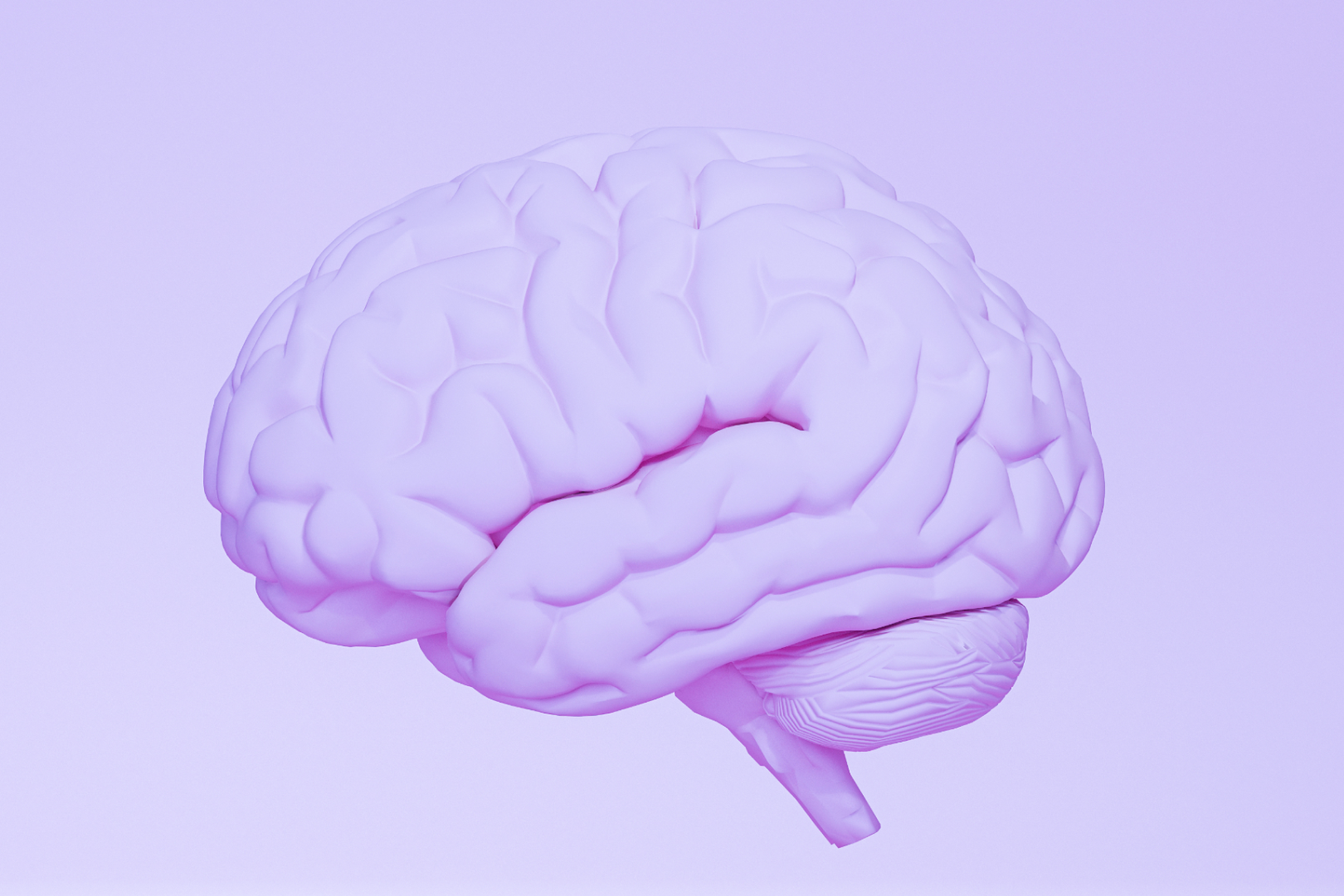From stress reduction to athletic performance enhancement, from pain management to mental clarity improvement, the benefits of biofeedback help us to explore the untapped potential within ourselves.
Anxiety is a classic case. The anxious “fight or flight” response is designed to save you from danger. But when your involuntary anxiety response is heightened, this leads to excessive sweating, heart palpitations, and breathlessness, all uncomfortable and unpleasant symptoms.
This is where biofeedback can help.
What Exactly is Biofeedback?
Biofeedback is a form of therapy that shows you your physiological responses in real-time, so you can learn how to control them. In biofeedback sessions, you are connected to a biofeedback device via sensors attached to your body.
These sensors monitor several different physiological responses, such as heart rate variability, galvanic skin response (minuscule changes in the sweat response), muscle tension, and even brainwave activity. You are then guided through self-awareness exercises, such as mindfulness meditation, visualization, and breathing exercises.
What are the Benefits of Biofeedback Therapy?
The term “biofeedback” was first used in 1969, and the new approach was described as a ‘real-time physiological mirror’. Over the past 50 years, technology for physiological monitoring has become more accurate and affordable, making the benefits of biofeedback available to people all over the world.
Improved Health
Biofeedback therapy has been shown to provide relief from a wide range of physical ailments from head to toe, including headaches, high blood pressure, chronic pain, urinary incontinence, fecal incontinence, asthma, epilepsy, motion sickness, and many more.
Better sense of wellbeing
Biofeedback therapy also benefits many mental health and emotional issues, including fear and anxiety, stress management, depression, and loneliness. For people who are simply looking to boost their sense of calm and well-being, biofeedback is a great tool that can be added to the daily routine or as part of their established mindfulness meditation practice.

No side effects
One of the huge benefits of biofeedback over conventional therapies is that it is completely safe, non-invasive, and has no side effects. During biofeedback sessions, sensors are applied to the body, however, these are completely painless and harmless.
Some biofeedback devices, like the Reflect Orb, don’t require sensors to be applied to the body at all. All you need to do is rest your hands comfortably on the orb, and it detects the physiological responses through the skin. For many people, biofeedback is an excellent booster to their current health and wellness routine.
Can be done at home
You can do biofeedback training with a certified therapist, but the great thing about biofeedback is that you can do it by yourself too. All you need is a home biofeedback device. Then you can fit biofeedback sessions into your own daily wellness routine and get the benefits at your own pace.

Biofeedback Uses
Biofeedback is beneficial for many different health problems and emotional challenges, and this is proven with clinical studies too. Biofeedback is extremely effective for treating female urinary incontinence, for example, and shows good results with anxiety, ADHD, headache, blood pressure, and Raynaud’s disease, among others. Let’s take a closer look at how biofeedback can help with several common complaints:
Chronic pain
One-fifth of US adults suffer from chronic pain, a debilitating condition that significantly reduces quality of life. Biofeedback can be helpful in managing chronic pain by training the individual to relax their muscles, lower their anxiety response and reduce bodily tension.
By enhancing the individual's ability to calm their stress response, biofeedback helps build a positive mind-body connection that can ease symptoms of fibromyalgia, TMJ, low back pain and other chronic pain conditions.
Headaches
Headaches are one of the most common health complaints, often occurring as a result of muscle tension in the neck, temples and jaw. Biofeedback can help individuals learn to slow their breathing and heart rate, reduce stress and relax muscle tension.
Neurofeedback, also sometimes called EEG biofeedback, specifically focuses on brainwave activity, helping people train their brain’s electrical responses to create a deeper state of calm and reduce the occurrence of headaches.
Focus and concentration
Biofeedback is a great technique to build self-awareness and mindfulness. By helping people to control their body’s responses, biofeedback also gives them the tools to increase focus and concentration, and reduce the symptoms of ADHD.
Doing daily therapy work with a home biofeedback device can help individuals manage the ongoing stress of ADHD and cope better with daily functioning and organization.
High blood pressure
Heart rate variability is one of the most common biofeedback measurement tools, helping individuals identify changes in heart rate and control it better under stress. This awareness is really important to manage stress and maintain healthy blood pressure in everyday life.
Breathing and relaxation exercises are often used in biofeedback therapy for high blood pressure, helping to calm the body and prevent arterial constriction that leads to this common ailment.
Overall wellbeing
The truth is, biofeedback is not just for treating health conditions. It is actually a form of training to help you control your mind-body activity in an interactive and simple way.
This makes it ideal to boost your overall sense of wellbeing on a daily basis. Like any skill, the more you practice, the more you’ll gain. Practice biofeedback at home regularly to gain an increased sense of general wellness.

Bottom Line – Does Biofeedback Work?
These days, there are so many options for therapy of the body and mind – some conventional and medically focused; others that take an alternative, holistic approach. Biofeedback is a bit of both. Numerous scientific studies show it to be beneficial for a range of physical and mental health issues.
At the same time, though, it is absolutely safe, requires no meds or doctor intervention, and with the right biofeedback device, it can be done easily at home.
With so many potential benefits and no risks, biofeedback is a worthwhile option to boost wellbeing for millions of people around the world. And it might just be right for you too.






